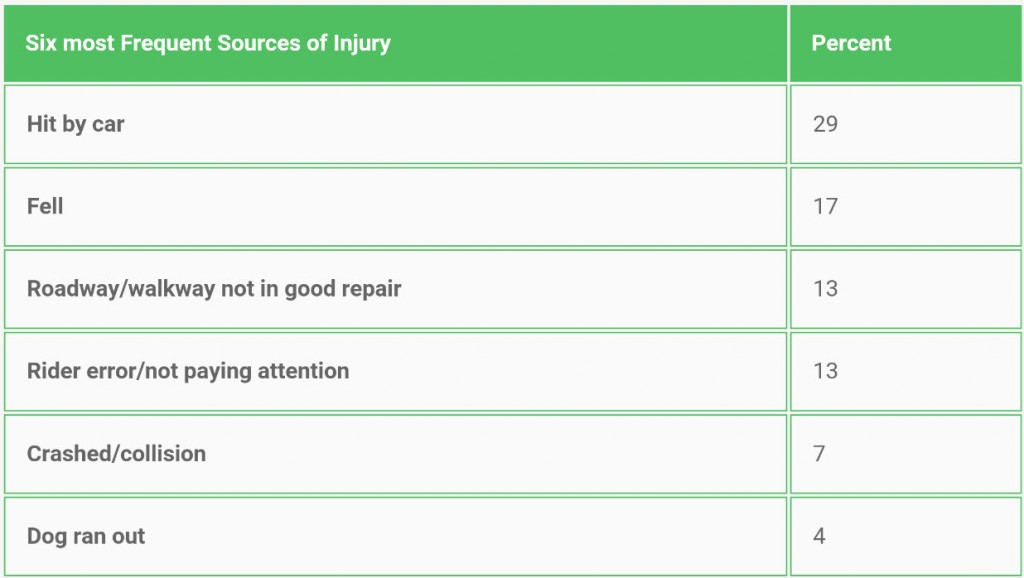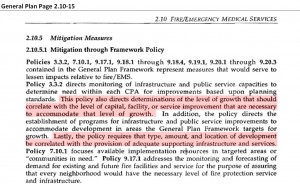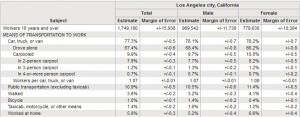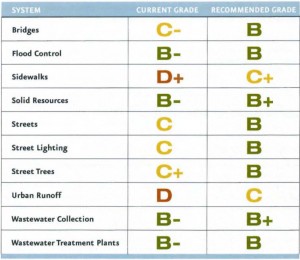The Los Angeles Times’ Steve Lopez attended the recent community meeting on the Rowena “Road Diet.” His article on the meeting can be found HERE.
His takeaway: That the city didn’t do its homework. (Which is the essence of FTCs lawsuit on MP2035).
His personal finding: “Traffic on Rowena can be hellish at rush hour, so I and a lot of other impatient motorists avoid it by taking alternate routes through narrow streets that weren’t built to accommodate the added flow.”
We found this segment was interesting: “Tim Fremaux of the transportation department said that in Silver Lake, the city studied what it was legally required to study, but maybe not what it should have studied. ‘We have by no means done this flawlessly,’ he said. ‘There were errors along the way.’
The problem is that FTC can’t find the legally required studies, can’t find any council file appropriating the funds, can’t find out who authorized the changes and under what authority those changes/expenditures were made.
FTC will be issuing several public records requests exploring these issues. We will be focusing on:
- Governance
- Under what authority was the Rowena road diet implemented?
- Was any environmental work completed?
- What was the cost?
- What funding source was used?
- Was there a council file opened with a corresponding vote?
- Traffic
- What traffic studies/counts exist for Rowena and connected local streets before and after the road diet was put in place?
- How has the LOS changed on Rowena? VMT? VHT?
- How has the capacity and volume changed on Rowena?
- What has the impact been on local cut-through streets?
- Public Safety – First Responders
- What have response times for LAFD been compared to before the road diet was put in place – both average response time and % of time under 5 minutes?
- What have response times for LAPD been compared to before the road diet was put in place?
- Public Safety – Accidents
- Has there been a change in the number of accidents on Rowena between car/car, car/bike, car/pedestrian, bike/pedestrian?
- Has there been a change in the number of accidents on cut-through streets connected to Rowena between car/car, car/bike, car/pedestrian, bike/pedestrian?
- How many car/bike/ped accidents have been the result of:
- Car driver at fault.
- Bike rider at fault.
- Pedestrian at fault.
- Alcohol/substance abuse.
- Distractions such as cell phones.
- Infrastructure issue (bad roadway surface/sidewalk).
- Has the severity of injuries changed for any accidents since the road diet was put in place?
- Outreach
- What outreach was done before the road diet was put in place?
- Was there a survey before the road diet was put in place?
- Has there been any surveying done of residents in the area concerning impacts of the road diet?
And… we couldn’t agree more with this statements: “When city officials come snooping around your neighborhood with plans for a road diet, don’t assume they’re going to do their homework. Get involved. Ask questions. Work out your own compromises.”
FTC is involved and we are asking questions.
Some stats that may be relevant to the discussion:





